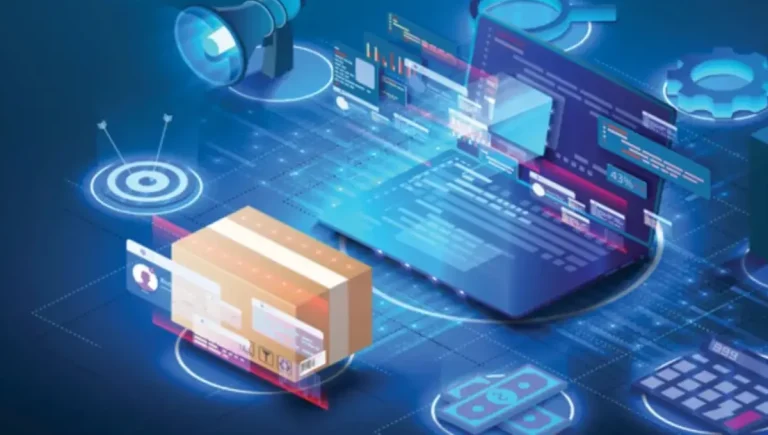Gemstone Technology: Revolutionizing Science, Healing, and Industry
Introduction to Gemstone Technology
Gemstone technology is a fascinating and rapidly evolving field that combines the natural beauty and unique properties of gemstones with advanced scientific and industrial applications. From ancient times, gemstones have been revered for their aesthetic and metaphysical qualities. Today, they are playing a crucial role in modern technology, health, and innovation. This article explores the multifaceted world of gemstone technology, its applications, and its potential to shape the future.
What Is Gemstone Technology?
Gemstone technology refers to the use of natural and synthetic gemstones in various technological, industrial, and therapeutic applications. These precious stones possess exceptional physical, optical, and chemical properties that make them invaluable in fields like electronics, medicine, and energy.
Key Properties of Gemstones Used in Technology:
- Hardness: Diamonds, sapphires, and rubies are incredibly hard, making them ideal for cutting and abrasive tools.
- Optical Clarity: Gemstones like quartz and sapphire offer excellent transparency and light transmission, essential for lasers and lenses.
- Thermal Conductivity: Diamonds are highly efficient at dissipating heat, used in high-performance electronics.
- Piezoelectricity: Quartz crystals convert mechanical stress into electrical energy, widely used in sensors and oscillators.
Historical Context: Gemstones in Early Technology
The use of gemstones in technology dates back thousands of years. Ancient civilizations used gemstones for their believed healing properties and as tools for astronomy and navigation. For example:
- Lapis Lazuli: Used in early compasses due to its magnetic properties.
- Quartz: Employed in early timekeeping devices for its precise vibration frequency.
Modern Applications of Gemstone Technology
1. Electronics and Semiconductor Industry
Gemstones like silicon carbide and synthetic sapphires are crucial in creating semiconductors and LEDs.
- Sapphire Substrates: Used in LEDs for their durability and light-emitting efficiency.
- Diamond Heat Spreaders: Dissipate heat in high-performance processors, preventing overheating.
2. Laser Technology
Certain gemstones enhance the performance of laser systems.
- Ruby Lasers: The first solid-state lasers were made using synthetic ruby crystals.
- Sapphire Crystals: Provide high-power laser outputs with minimal distortion.
3. Medical Devices and Treatments
Gemstones contribute to precision and effectiveness in medical technology.
- Diamond Scalpel Blades: Offer unmatched sharpness for delicate surgeries.
- Crystal Healing: Quartz and amethyst are used in alternative therapies for their purported energy properties.
4. Communication Technology
Gemstones like garnet and quartz play vital roles in telecommunications.
- YAG Crystals: Used in optical data transmission.
- Quartz Oscillators: Maintain frequency stability in radio and telecommunication devices.
5. Renewable Energy Innovations
Gemstones contribute to efficient energy harvesting and storage.
- Silicon Solar Cells: Derived from silicon crystals, essential for solar panel efficiency.
- Piezoelectric Crystals: Generate electricity from mechanical stress.

The Science Behind Gemstone Technology
How Gemstones Are Engineered for Technology
- Synthetic Growth: Lab-created gems like synthetic sapphires and rubies are made under controlled conditions.
- Doping: Introducing impurities to enhance electrical conductivity or light-emitting properties.
Physical and Chemical Processes
- Crystal Lattice Structures: Determine the optical and mechanical strength of gemstones.
- Refractive Index: Governs how light passes through and bends within the gemstone.
Advantages of Using Gemstones in Technology
- Durability: Long-lasting and resistant to wear.
- Precision: High clarity and consistency in technological applications.
- Efficiency: Superior thermal and electrical properties.
Challenges and Limitations
- Cost: High-quality natural and synthetic gemstones can be expensive.
- Availability: Some gemstones are rare and difficult to source.
- Processing Complexity: Precision cutting and shaping require advanced technology.
Future Prospects of Gemstone Technology
As research progresses, the integration of gemstone technology in advanced fields like quantum computing and space exploration is becoming more viable.
- Diamond Quantum Sensors: Offering unparalleled sensitivity for scientific measurements.
- Sapphire Windows: Used in spacecraft for their resistance to extreme conditions.
FAQS
1. What makes gemstones suitable for technological applications?
Gemstones possess exceptional hardness, optical clarity, thermal conductivity, and piezoelectric properties, making them ideal for precise and durable technological uses.
2. Are synthetic gemstones as effective as natural ones in technology?
Yes, synthetic gemstones often offer enhanced purity and consistency, making them more suitable for technological applications.
3. How are gemstones used in the medical field?
They are used in surgical tools like diamond scalpels and alternative therapies such as crystal healing for their energy properties.
4. What role do gemstones play in renewable energy?
Gemstones like silicon and piezoelectric crystals contribute to efficient solar cells and energy harvesting devices.
5. Is gemstone technology sustainable?
While natural gemstone mining can have environmental impacts, synthetic gemstone production and recycling offer more sustainable alternatives.
Conclusion
Gemstone technology is bridging the gap between natural beauty and technological innovation. As scientists and engineers continue to explore their potential, gemstones will undoubtedly play a pivotal role in shaping the future of electronics, medicine, and energy. By harnessing their unique properties, we are paving the way for more efficient, durable, and sophisticated technological advancements.





